Early modern civil engineering heritage in Toyama
The early modernization of Toyama was a constant battle with local water soruces. It is often described in terms of three periods: Meiji Period [ 1868-1912 CE ] flood control, Taisho Period [ 1912-1926 CE ] power generation, and Showa Period [ 1926-1989 CE ] urban planning. The early modern civil engineering heritage in Toyama consists of soil erosion and flood control facilities, irrigation facilities for early modern agriculture, hydroelectric power generation, and urban planning facilities.
Flood control, soil erosion, and irrigation facilities protecting the lives of people living along swift currents
During the Meiji Period [ 1868-1912 CE ], Toyama Prefecture actively focused on flood and erosion control. However, several large floods caused major damage to crops and housing. In 1891, Johannes de Rijke was invited from the Netherlands to formulate a plan for renovation of the Joganji River, Jinzu River, and Shogawa River. N Toyama Prefecture, there are many rapid rivers, so sand protection and flood control facilities are a critical part of the area's civil engineering heritage in terms of stabilizing these waters and protecting people's lives.
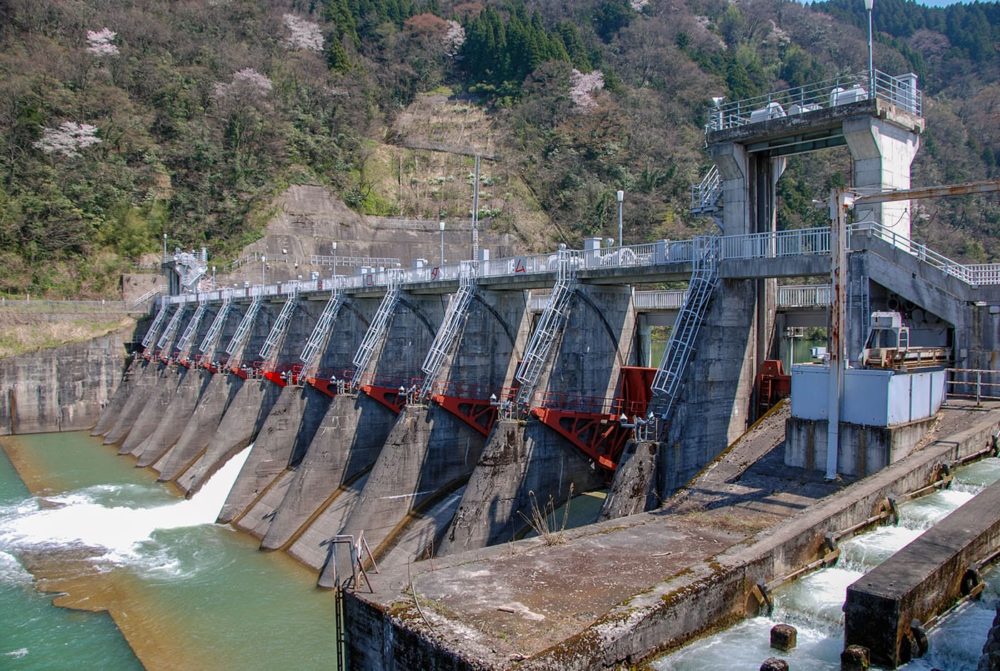
Registered tangible cultural property: Shogawa Goguchi Dam [ Tonami city ]
The Shogawa Goguchi Dam is instrumental in irrigating the Nanto Plain, one of Toyama Prefecture's foremost grain-producing regions, and contributed to its modernization.
Power generation facilities that turn the threat of water into a blessing
Hydroelectric power generation facilities making use of the rapid currents flowing through Toyama Prefecture first went online in the early 20th century. Thanks to the inexpensive and abundant electricity generated by hydroelectric power, industrialization progressed in the region. In addition to the textile industry, factories for the chemical and metal industries were built up. Toyama Prefecture thus developed as a leading industrial prefecture on the Sea of Japan. The Nakachimaya Power Station, Matsunoki Power Station, and Kamidaki Power Station, which completed construction in 1924, remain online today.
Hydroelectric power generation facilities making use of the rapid currents flowing through Toyama Prefecture first went online in the early 20th century. Thanks to the inexpensive and abundant electricity generated by hydroelectric power, industrialization progressed in the region. In addition to the textile industry, factories for the chemical and metal industries were built up. Toyama Prefecture thus developed as a leading industrial prefecture on the Sea of Japan. The Nakachimaya Power Station, Matsunoki Power Station, and Kamidaki Power Station, which completed construction in 1924, remain online today.
Urban planning facilities
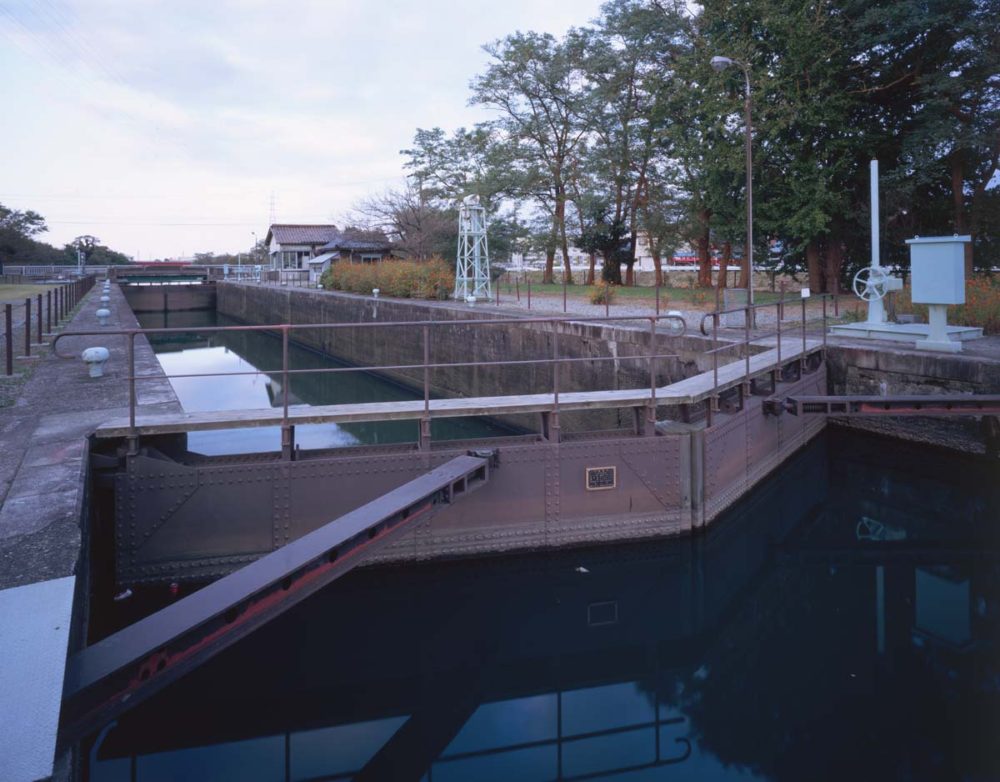
Important Cultural Property: Fugan Canal Lock Gate Facility [ Nakajima Lock Gate ]
The Nakajima Lock Gate was erected in 1934. Located in the middle of the canal starting from Toyama Bay, it regulates the 2.5m water level difference between the upstream and downstream. The Fugan Suijo Line is a sightseeing boat that is currently operational, and lets you experience traveling through the 86m long lock gate.
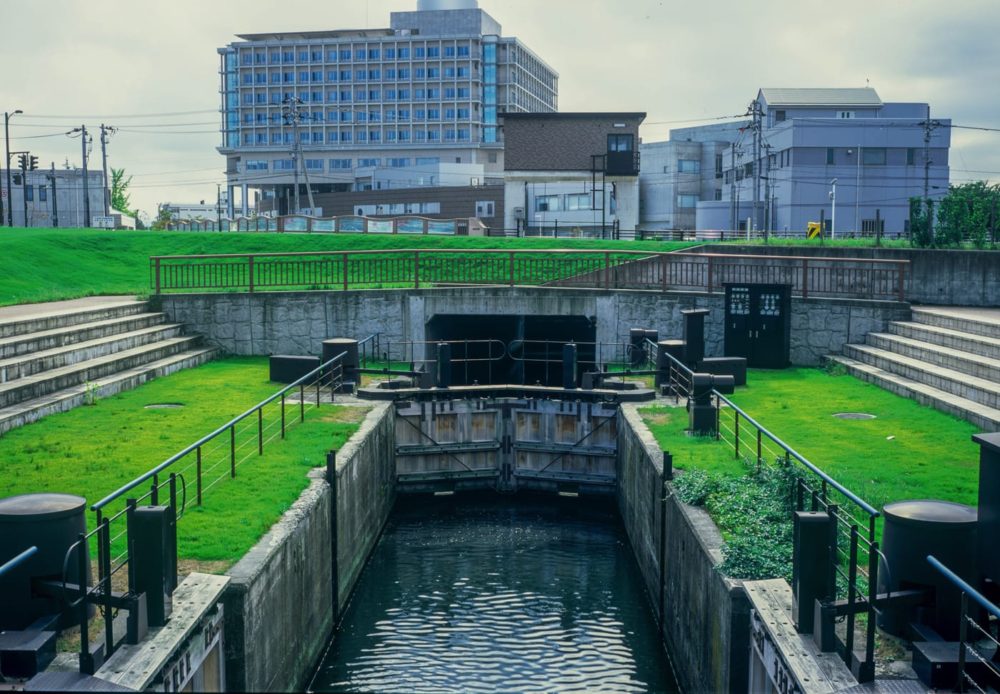
Registered Tangible Cultural Property: Ushijima Lock Gate
The Ushijima Lock Gate is a small gate built around 1934 to control the water level of the Fugan Canal and the Itachi River. in recent years, it was restored and repaired.
Urban planning facilities
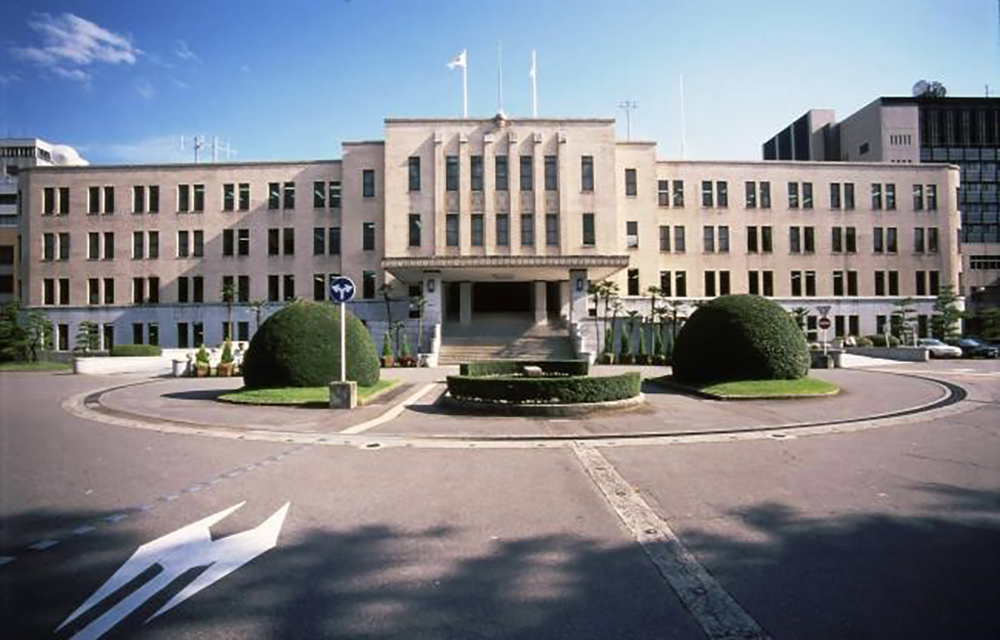
Toyama Prefectural Government Building [ completed in 1935 ]
This public building symbolizes the modernization of the pre-war city of Toyama, which endured an air raid in 1945.
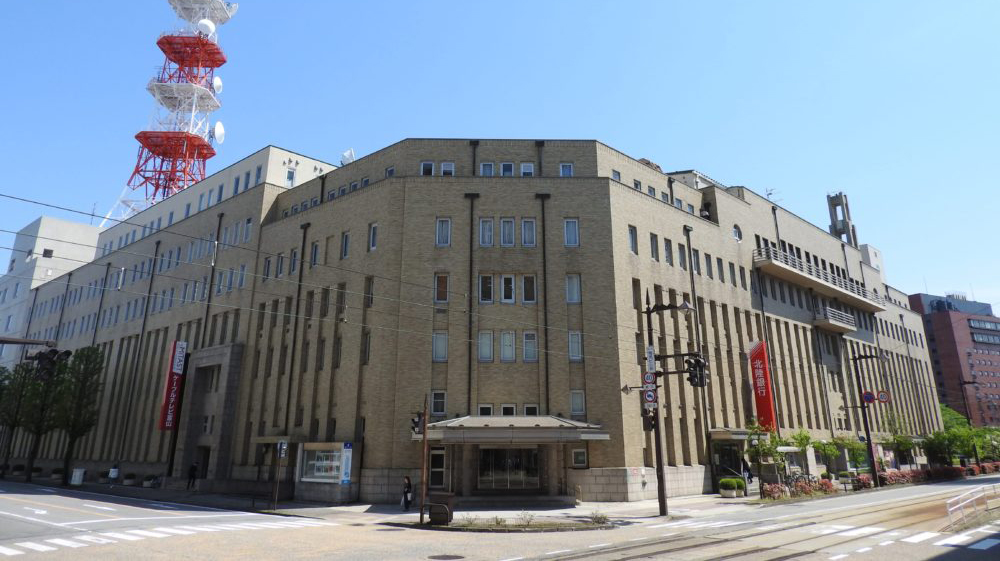
Toyama Denki Building: Main Building [ completed in 1936 ] and New Wing [ completed in 1956 ]
This was the first office complex in the prefecture, and is a historic building symbolizing the early modern era of industry.
